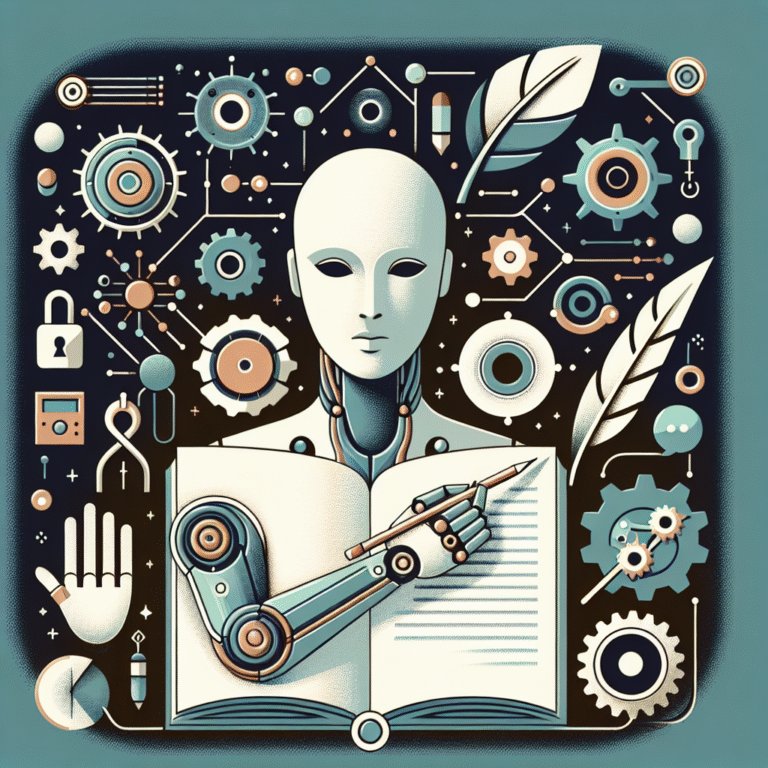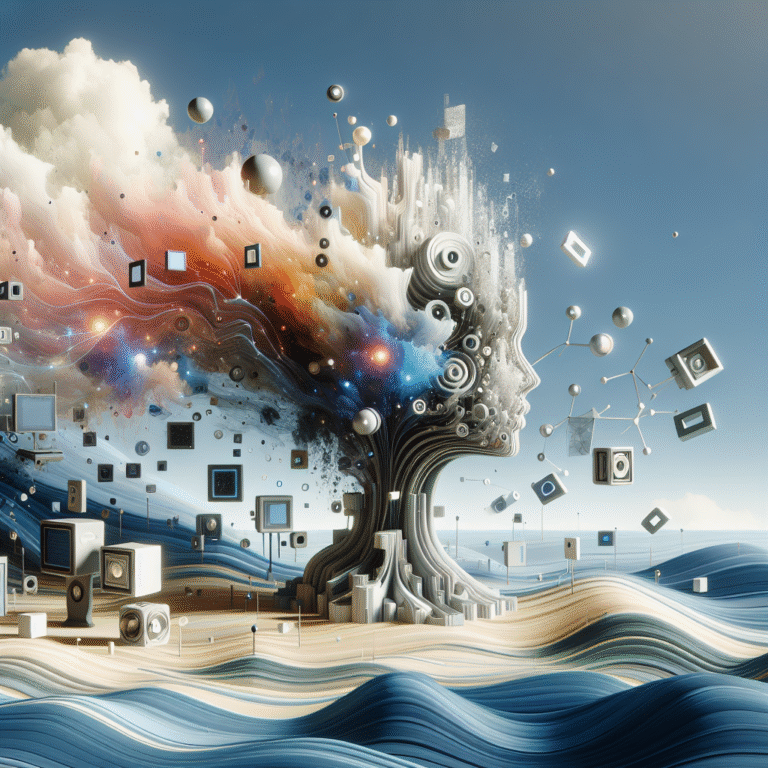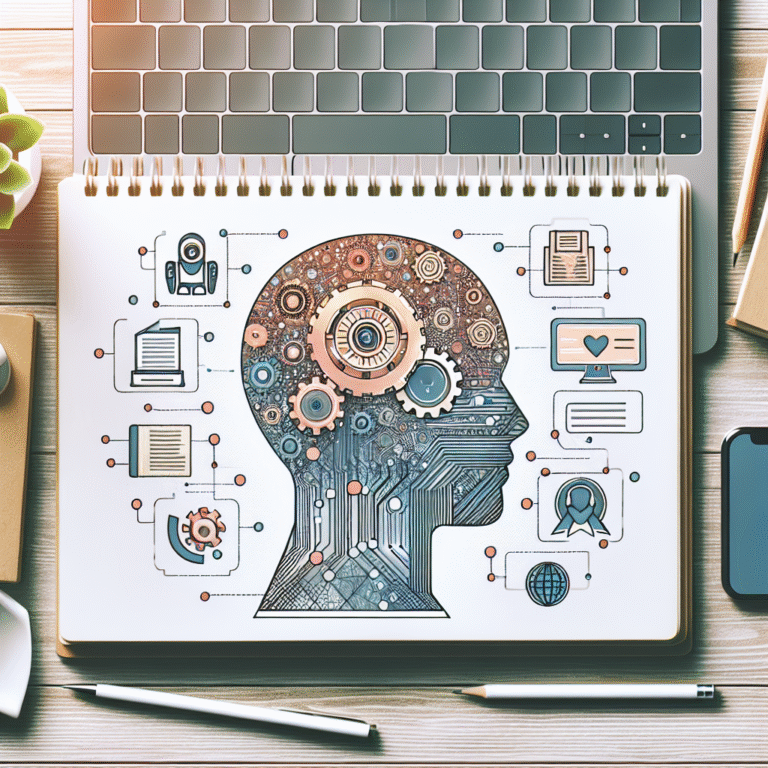Discover How to Get Prompt from Image Stable Diffusion
Have you ever wondered how to get prompt from image stable diffusion, and what it entails? This fascinating process has intrigued many who are passionate about AI and image generation. Imagine being able to generate detailed descriptions or prompts from just an image—sounds like magic, doesn’t it? But here’s where it gets interesting: Stable Diffusion is a cutting-edge technology that makes this possible, and today, we’re diving deep into how you can leverage it to get prompts from images effectively.
Understanding Stable Diffusion
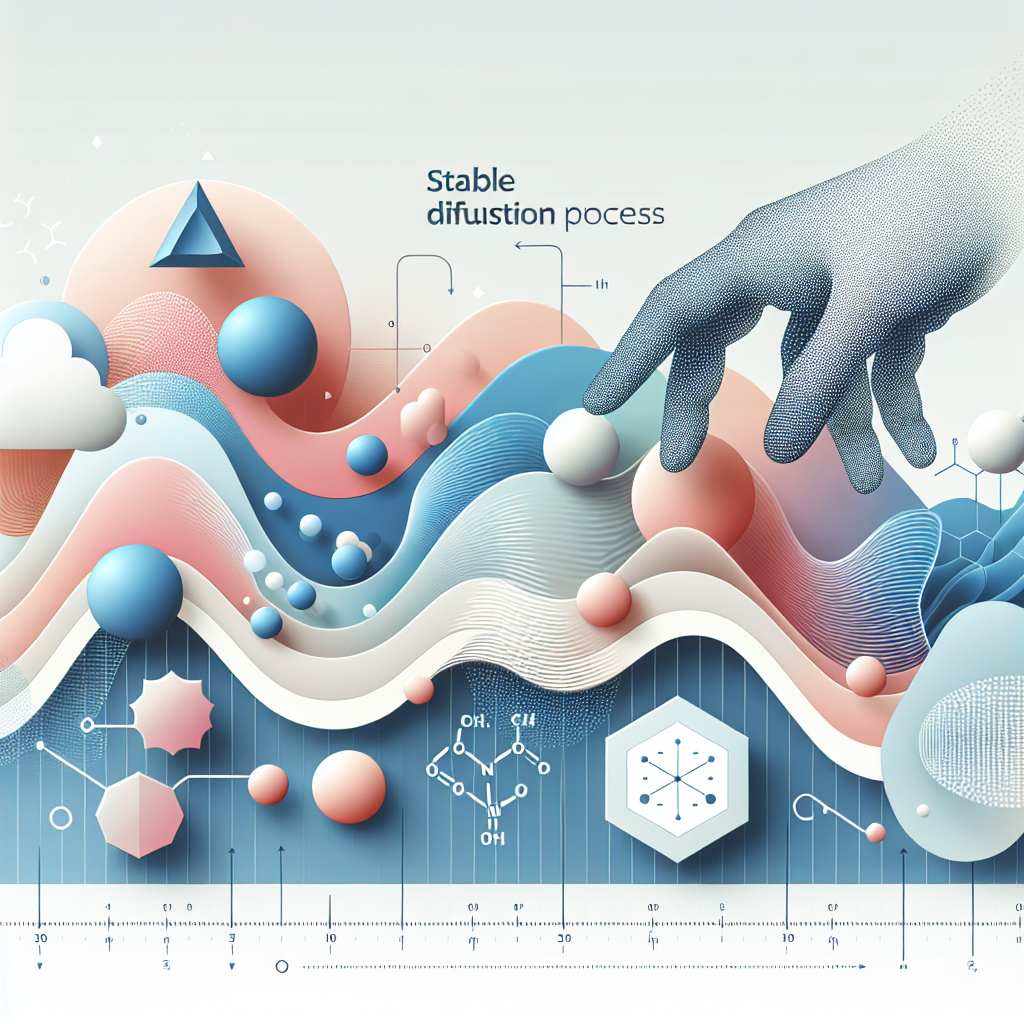
Before we delve into the process of extracting prompts from images, let’s take a moment to understand what Stable Diffusion is all about. Stable Diffusion is a type of deep learning model designed for generating high-quality images. It uses a process of diffusion, where noise is gradually added to an image and then removed, to produce clear and coherent visuals. By iterating over the noise reduction steps, the model refines the image to a point of high fidelity, allowing it to replicate or transform visuals with astonishing detail.
The History and Evolution of Diffusion Models
Diffusion models have a rich history in the field of AI. Initially, they were used in the context of physics to model the distribution of particles. Over time, researchers found that these models could be adapted to understand and generate images, leading to the development of what’s now known as image diffusion models. Stable Diffusion, specifically, has emerged as a frontrunner due to its ability to generate images with remarkable detail and accuracy. The evolution of these models has seen contributions from various fields, including computer science and neuroscience, as researchers aim to mimic the cognitive processes of human perception and imagination.
How Stable Diffusion Works
Stable Diffusion operates by performing a series of transformations on an image. This involves breaking down the image into noise and then reconstructing it back to its original form through a series of diffusion steps. This process helps in capturing the essence of the image and can be used to extract descriptive prompts. The underlying mechanism relies on probabilistic models that predict the likelihood of pixel arrangements, thus refining the image into a clearer version.
- Step 1: Image is converted into a noisy version. This initial step is crucial as it sets the stage for the reconstruction process.
- Step 2: Noise is gradually reduced through iterations. Each iteration nudges the image closer to its original by minimizing the noise while emphasizing key features.
- Step 3: The model learns to reconstruct the image, capturing essential features. This reconstruction phase is where the image’s core elements are distilled into a format that can be translated into descriptive text.
Getting prompts from Images Using Stable Diffusion
Now, here’s the part you’ve been waiting for: how to get prompt from image stable diffusion. This process involves using the AI model to analyze the image and generate a descriptive text or prompt that captures the image’s core elements. By leveraging the model’s understanding of visual semantics, one can extract meaningful descriptions that can serve various creative and functional purposes.
Step-by-Step Process
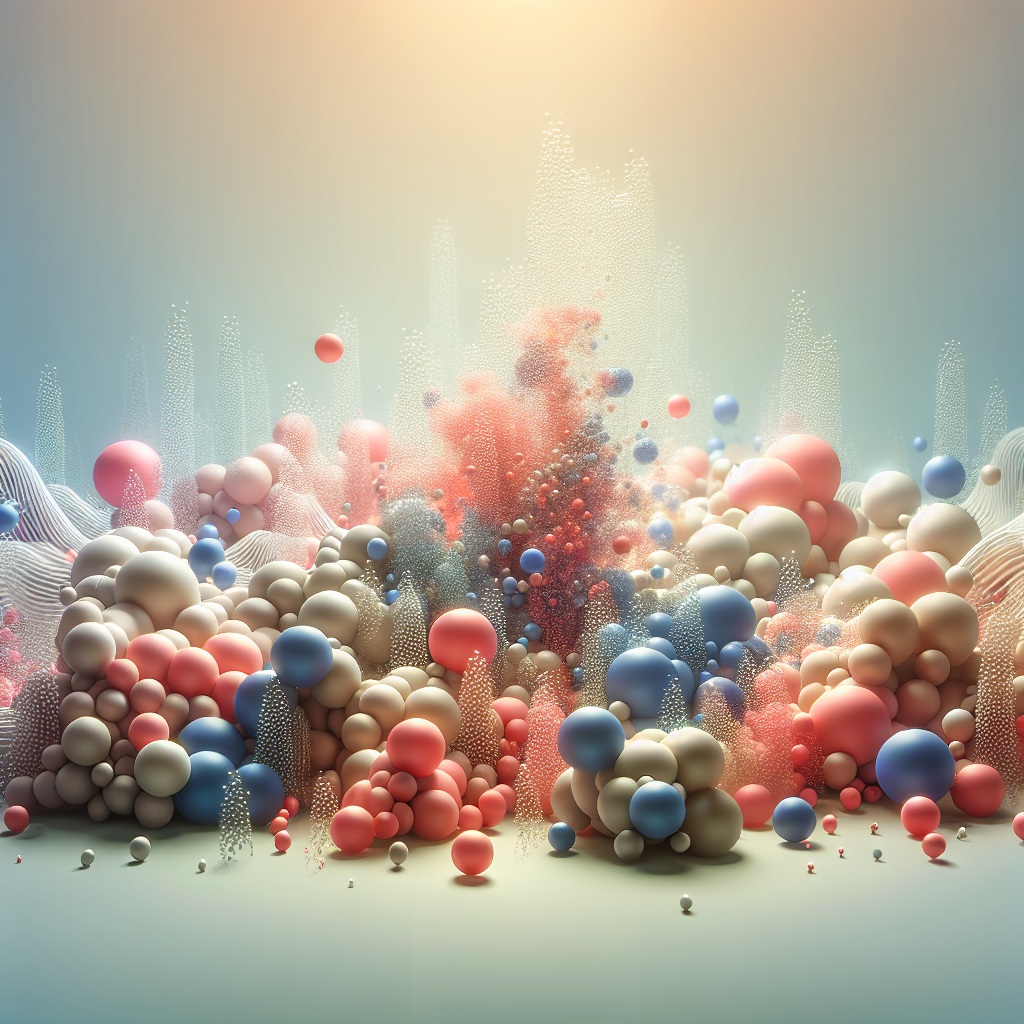
- Prepare the Image: Ensure the image is clear and meets the input requirements of the diffusion model. High-resolution images often yield better results as they provide more data for the model to process.
- Load the Model: Use a pre-trained Stable Diffusion model. These models are trained on vast datasets and are capable of generating accurate prompts. Popular libraries such as PyTorch or TensorFlow offer pre-built models that can be fine-tuned for specific tasks.
- Run the Image Through the Model: The model processes the image, breaking it down into noise and reconstructing it. This phase may be computationally intensive, so ensure your hardware meets the necessary specifications.
- Extract the Prompt: Once reconstruction is complete, the model outputs a text prompt that describes the image. This text can range from simple object identification to complex scene interpretations, depending on the model’s training.
Practical Applications of Image Prompt Generation
The ability to generate prompts from images has a wide range of applications. From improving accessibility in digital content to enhancing creative workflows, the potential is vast. By harnessing image prompts, industries can innovate in ways previously unimaginable, bridging the gap between visual data and textual representation.
- Content Creation: Writers and artists can use image prompts to inspire new work. For example, a writer might use an image prompt to develop a story setting, while an artist might explore new visual styles.
- Marketing: Brands can generate dynamic content descriptions to engage audiences. By ensuring their messaging is visually aligned with their products, companies can create more effective advertising campaigns.
- Education: Educators can create descriptive content to enhance learning materials. This is particularly useful in fields like history or biology, where visual aids can significantly enhance understanding.
Case Studies and Real-World Examples
Let’s explore some real-world scenarios where stable diffusion has been successfully applied. These examples highlight the versatility and impact of integrating AI-driven image prompt generation into various sectors.
Case Study 1: Enhancing Creative Design
A design firm used Stable Diffusion to generate prompts from mood board images. This helped them streamline their creative process, leading to faster and more innovative design outcomes. By using prompts to guide brainstorming sessions, designers were able to explore novel concepts and push the boundaries of traditional design thinking.
Case Study 2: Improving Accessibility in Technology
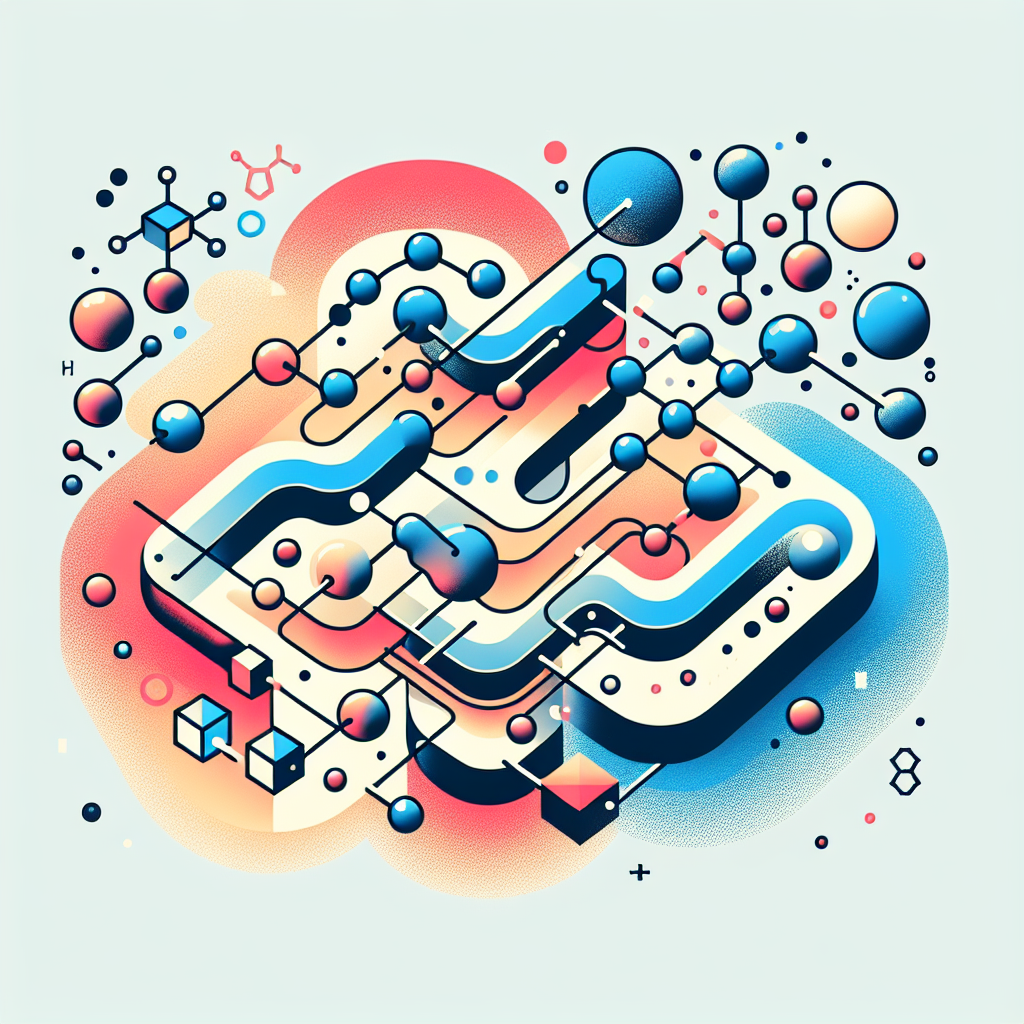 p>Technology companies have integrated Stable Diffusion models to generate descriptive content for visually impaired users, enhancing their experience and accessibility to visual content. By providing text-based descriptions of images, these companies have made digital spaces more inclusive, allowing users with visual impairments to engage with content more fully.
p>Technology companies have integrated Stable Diffusion models to generate descriptive content for visually impaired users, enhancing their experience and accessibility to visual content. By providing text-based descriptions of images, these companies have made digital spaces more inclusive, allowing users with visual impairments to engage with content more fully.
Troubleshooting Common Issues
As with any technology, users may encounter challenges when working with Stable Diffusion. Here are some common issues and their solutions:
- Model Performance: If the model isn’t generating accurate prompts, consider retraining with more diverse datasets to improve its understanding of various image contexts.
- Hardware Limitations: Ensure your system meets the computational requirements. Running diffusion models on inadequate hardware can lead to slow processing times or errors.
- Image Quality: Low-quality images may result in less accurate prompts. Always use high-resolution images for the best results.
Future Trends in Stable Diffusion Technology
The field of AI is ever-evolving, and Stable Diffusion is no exception. Future advancements may include improved accuracy, faster processing times, and the ability to generate more complex prompts. As neural networks continue to advance, we can expect models to become more efficient, requiring less data to achieve high-quality results. Additionally, the integration of augmented reality (AR) and virtual reality (VR) with Stable Diffusion could revolutionize how we interact with digital content, creating immersive experiences driven by AI.
Have you ever considered the impact of AI on industries like marketing and education? As technology progresses, we can expect even more innovative applications of Stable Diffusion in various sectors. The potential for AI to transform fields such as healthcare, entertainment, and even architecture is immense, with Stable Diffusion leading the charge in visually-driven AI applications.
Conclusion: Harnessing the Power of Stable Diffusion
In my experience, leveraging Stable Diffusion to generate prompts from images can be a game-changer for many. Whether you’re a content creator, marketer, or educator, the possibilities are endless. So, why not explore this technology and see how it can transform your work? By embracing the capabilities of Stable Diffusion, you can unlock new levels of creativity and productivity, positioning yourself at the forefront of the digital revolution.


